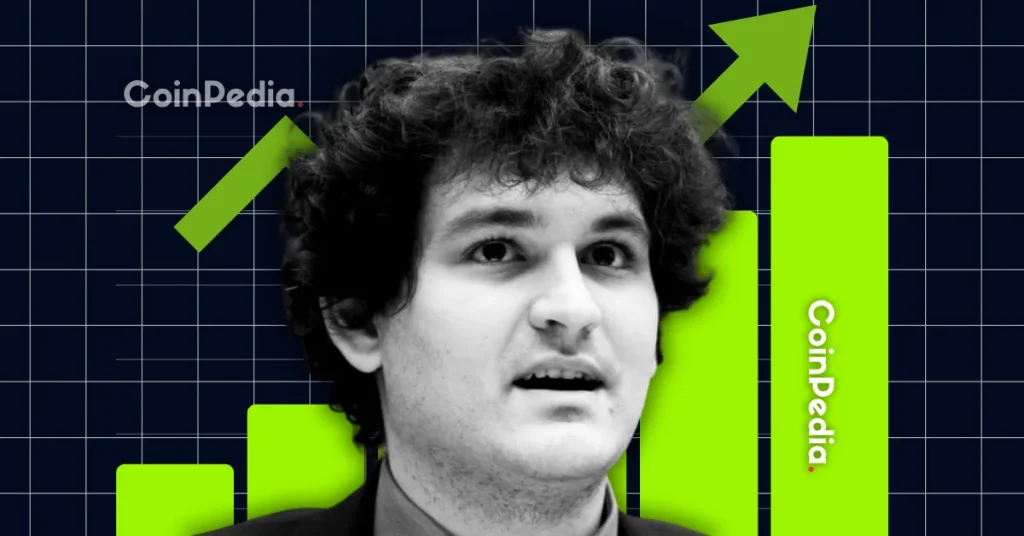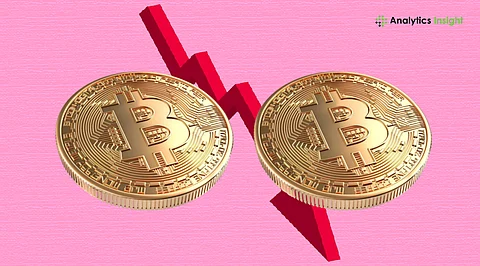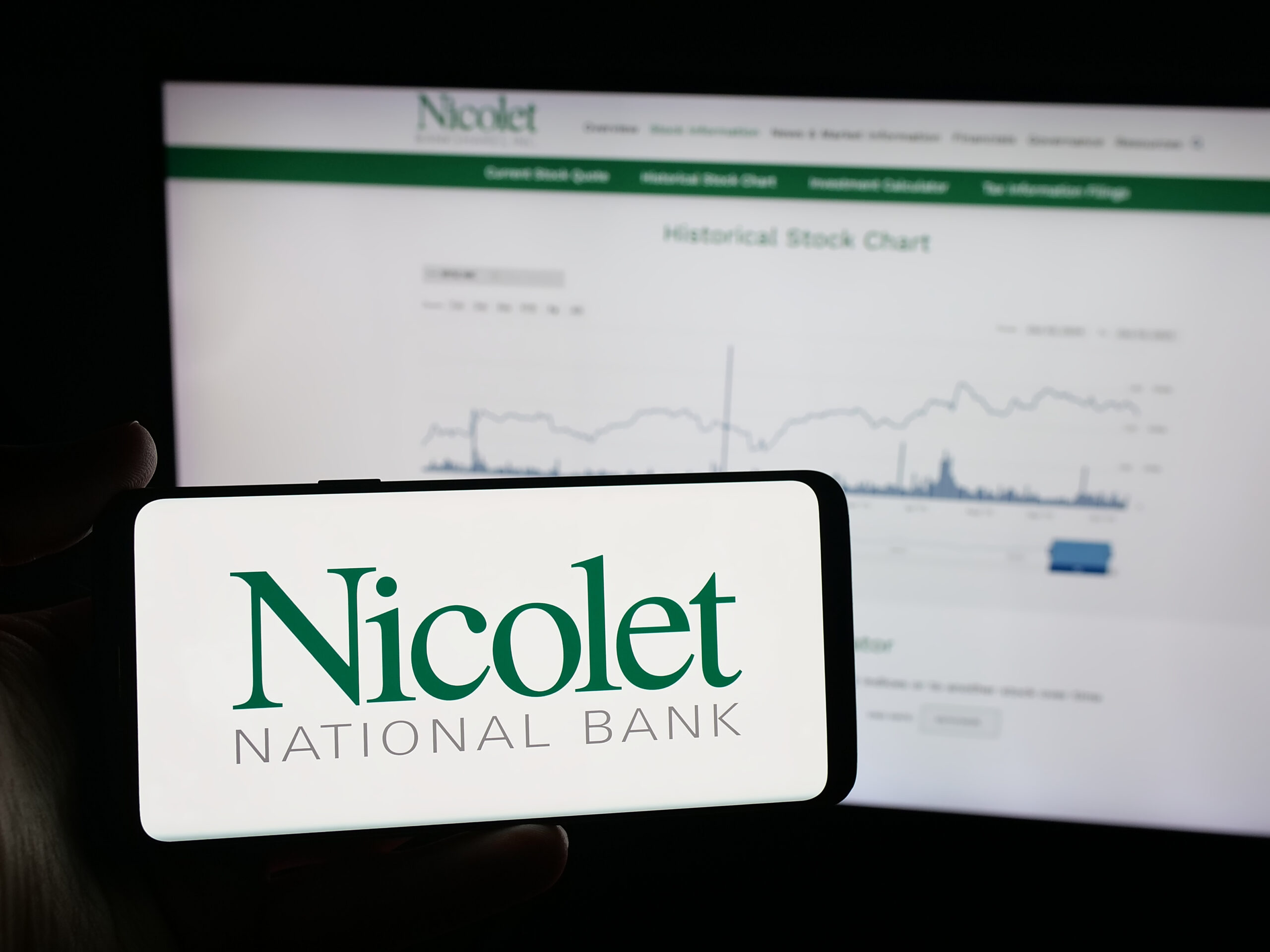The bankrupt cryptocurrency exchange FTX has revealed it now holds approximately $136 billion in assets, a significant recovery since its collapse. This figure has reignited discussions regarding the exchange’s dramatic downfall and its founder, Sam Bankman-Fried (SBF), who claims that FTX “was never bankrupt.”
FTX’s Asset Recovery
Recent court filings indicate that FTX’s estate, which once faced an estimated shortfall of $8 billion, is now bolstered by a diverse portfolio of assets. This includes $14.3 billion in equity from Anthropic, $7.6 billion in shares of Robinhood, $1.2 billion in Genesis Digital Assets, and $600 million in SpaceX shares through K5 Global.
Furthermore, FTX’s cryptocurrency holdings have surged significantly during the current market upswing. The exchange possesses 58 million SOL valued at $12.4 billion, 890 million SUI worth $2.9 billion, 205,000 BTC at $2.3 billion, 225.4 million XRP totaling $600 million, and 112,600 ETH valued at $500 million. Additionally, FTX holds $1.7 billion in cash and $345 million in stablecoins.
Reports indicate that approximately 98% of creditors have received 120% repayment, with final payouts potentially reaching 143%, suggesting many users may recoup more than their initial losses.
Claims of Solvency
In light of these developments, Bankman-Fried’s legal team has asserted that FTX was never insolvent, arguing that customer assets “never left the platform.” They contend that the exchange was solvent on a “fair-value basis” even during its bankruptcy. This assertion has been met with skepticism within the cryptocurrency community.
On-chain investigator ZachXBT criticized Bankman-Fried’s claims, pointing out that repayments were made based on November 2022 valuations—when cryptocurrency prices had plummeted—not current market conditions. He stated, “You clearly haven’t learned anything from your time in prison,” accusing SBF of distorting facts to rationalize his past decisions.
Another user on social media highlighted that a $16.5 billion recovery plan had been approved by the bankruptcy court, questioning why such measures would be necessary if FTX had indeed been solvent. They asked, “If FTX wasn’t bankrupt, why did SBF file for bankruptcy, resign as CEO, and scramble for emergency funding in November 2022?”
Legal and Market Implications
Legal experts caution that FTX’s newfound wealth does not negate the fraud allegations that initially led to its bankruptcy. A securities attorney familiar with the situation commented, “This recovery highlights how volatile valuations can distort bankruptcy outcomes, but it doesn’t absolve criminal conduct.”
This resurgence of assets has implications for other cryptocurrency bankruptcies, with creditors from companies like Celsius and BlockFi now looking to FTX’s situation to advocate for enhanced transparency in asset management.
In the market, FTX’s financial rebound has had a cautious impact. The token Solana, closely associated with FTX’s holdings, saw a brief increase of 3% following the news. Additionally, speculation around a potential FTX 2.0 reboot has re-emerged among traders.
Amidst this, political controversies have surfaced, particularly following Donald Trump’s pardon of Binance founder CZ, leading some to speculate whether Bankman-Fried could also be considered for clemency. Many investors, however, fear that such a move could further erode public trust in the cryptocurrency market.
One former FTX user expressed mixed feelings on social media, stating, “It’s great we’re getting more than we lost. But it doesn’t erase the chaos and sleepless nights we went through.”
While FTX has made a notable financial comeback, the credibility of its founder remains significantly compromised. Although the company may have regained its financial standing, the trust of millions who once relied on its services appears harder to restore.







